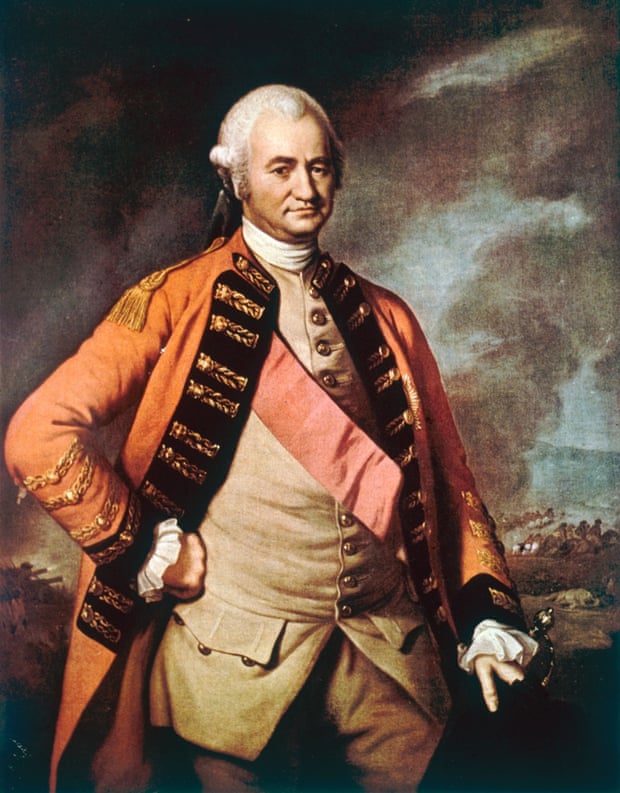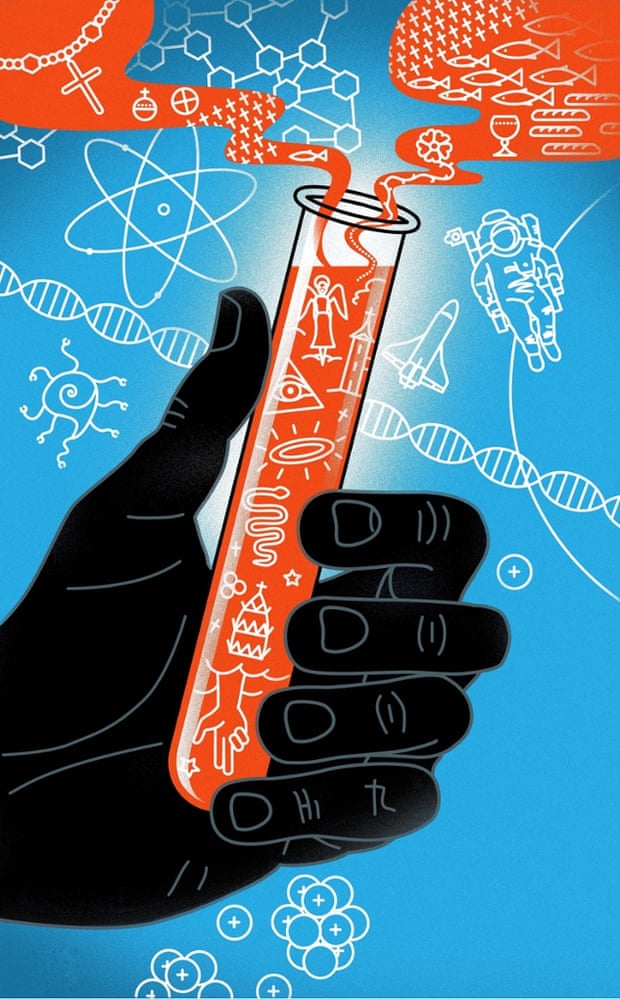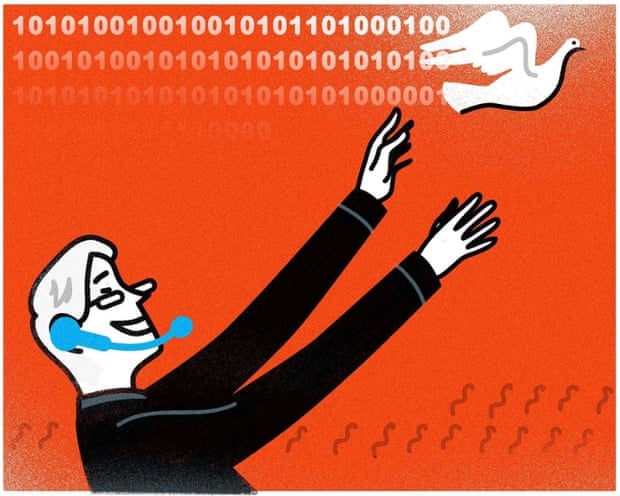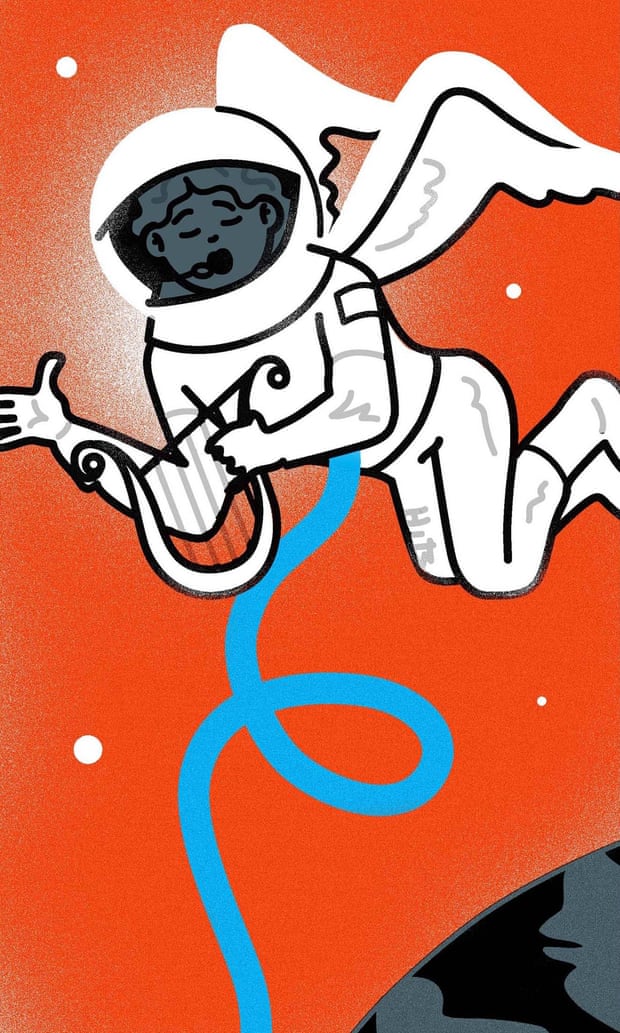Rhodri Marsden in The Independent
“This is a miracle
of modern technology,” says dating-agency proprietor Sid Bliss, played by Sid
James, in the 1970 comedy film Carry On Loving.
“All we do is feed the information into the computer here, and after a few
minutes the lady suitable comes out there,” he continues, pointing to a slot.
There’s the
predictable joke about the slot being too small, but Sid’s client is mightily
impressed by this nascent display of computer power. He has faith in the
process, and is willing to surrender meekly to whatever choices the machine
makes. The payoff is that the computer is merely a facade; on the other side of
the wall, Sid’s wife (played by Hattie Jacques) is processing the information
using her own, very human methods, and bunging a vaguely suitable match back
through the slot. The clients, however, don’t know this. They think it’s
brilliant.
Technology
has come a long way since Sid James delivered filthy laughs into a camera lens,
but our capacity to be impressed by computer processes we know next to nothing
about remains enormous. All that’s changed is the language: it’s now the word
“algorithm” that makes us raise our eyebrows appreciatively and go “oooh”. It’s
a guaranteed way of grabbing our attention: generate some findings, attribute
them to an algorithm, and watch the media and the public lap them up.
“Apothic Red Wine
creates a unique algorithm to reveal the ‘dark side’ of the nation’s personas,”
read a typical press release that plopped into hundreds of email inboxes
recently; Yahoo, the Daily Mirror, Daily Mail and others pounced upon it and
uncritically passed on the findings. The level of scientific rigour behind
Apothic’s study was anyone’s guess – but that didn’t matter because the study
was powered by an algorithm, so it must be true.
The next time we’re
about to be superficially impressed by the unveiling of a “special algorithm”,
it’s worth remembering that our lives have been ruled by them since the year
dot and we generate plenty ourselves every day. Named after the eminent Persian
mathematician Muhammad ibn Musa Al-Khwarizmi, algorithms are merely sets of
instructions for how to achieve something; your gran’s chocolate-cake recipe
could fall just as much into the algorithm category as any computer program.
And while they’re meant to define sequences of operations very precisely and
solve problems very efficiently, they come with no guarantees. There are
brilliant algorithms and there are appalling algorithms; they could easily be
riddled with flawed reasoning and churn out results that raise as many
questions as they claim to answer.
This matters, of
course, because we live in an information age. Data is terrifyingly plentiful;
it’s piling up at an alarming rate and we have to outsource the handling of
that data to algorithms if we want to avoid a descent into chaos. We trust
sat-nav applications to pull together information such as length of road, time
of day, weight of traffic, speed limits and road blocks to generate an estimate
of our arrival time; but their accuracy is only as good as the algorithm. Our
romantic lives are, hilariously, often dictated by online-dating algorithms
that claim to generate a “percentage match” with other human beings.
Our online
purchases of everything from vacuum cleaners to music downloads are affected by
algorithms. If you’re reading this piece online, an algorithm will have
probably brought it to your attention. We’re marching into a future where our
surroundings are increasingly shaped, in real time, by mathematics. Mentally,
we’re having to adjust to this; we know that it’s not a human being at Netflix
or Apple suggesting films for us to watch, but perhaps the algorithm does a
better job. Google’s adverts can seem jarring – trying to flog us products that
we have just searched for – precisely because algorithms tailor them to our
interests far better than a human ever could.
With data being
generated by everything from England
“This has been
shown to be the case on many occasions,” says data scientist Duncan Ross, “and
that’s for obvious reasons. The sad reality is that humans are a basket of
biases which we build up over our lives. Some of them are sensible; many of
them aren’t. But by using data and learning from it, we can reduce those
biases.”
In the financial
markets, where poor human judgement can lead to eye-watering losses, the vast
majority of transactions are now outsourced to algorithms which can react
within microseconds to the actions of, well, other algorithms. They’ve had a
place in the markets ever since Thomas Peterffy made a killing in the 1980s by
using them to detect mispriced stock options (a story told in fascinating
detail in the book Automate This by Christopher Steiner), but today data science
drives trade. Millions of dollars’ worth of stocks change hands, multiple
times, before one trader can shout “sell!”.
We humans have to
accept that algorithms can make us look comparatively useless (except when they
cause phenomena like Wall Street’s “flash crash” of 2010, when the index
lost 1,000 points in a day, before recovering). But that doesn’t
necessarily feel like a good place to be.
The increasing amount of donkey work
undertaken by algorithms represents a significant shift in responsibility, and
by association a loss of control. Data is power, and when you start to consider
all the ways in which our lives are affected by the processing of said data, it
can feel like a dehumanising step. Edward Snowden revealed the existence of an
algorithm to determine whether or not you were a US
Little wonder that
the Government is taking a slightly belated interest. Last year Vince Cable,
the Business Secretary, announced £42m of funding for a new body, the Alan
Turing Institute, which is intended to position the UK
The five
universities selected to lead that institute (Cambridge, Edinburgh, Oxford,
Warwick and UCL) were announced last month; they will lead the efforts to tame
and use what’s often referred to as Big Data.
“So many
disciplines are becoming dependent upon it, including engineering, science,
commerce and medicine,” says Professor Philip Nelson, chief executive of the
Engineering and Physical Sciences Research Council, the body co-ordinating the
institute’s output. “It was felt very important that we put together a national
capability to help in the analysis and interpretation of that data. The idea is
to pull together the very best scientists to do the fundamental work in maths
and data science to underpin all these activities.”
But is this an
attempt to reassert control over a sector that’s wielding an increasing amount
of power?
“Not at all,” says
Nelson. “More than anything else, it’s about making computers more beneficial
to society by using the data better.”
On the one hand we
see algorithms used to do pointless work (“the most-depressing day of the year”
simply does not exist); on the other we’re told to fear subjugation to our
computer overlords. But it’s easy to forget the power of the algorithm to do
good.
Duncan Ross is one
of the founder directors of DataKind UK
“We’re in this
world of constrained resources,” he says, “and we can ill afford for charities
to be doing things that are ineffective.”
From weekend
“datathons” to longer-term, six-month projects, volunteers help charities to
solve a range of problems.
“For example,” says
Ross, “we did some recent work with Citizens Advice, who have a lot of data
coming in from their bureaux.
“They’re keen to
know what the next big issue is and how they can spot it quickly; during the
payday-loans scandal they felt that they were pretty late to the game, because
even though they were giving advice, they were slow to take corporate action.
So we worked with them on algorithms that analyse the long-form text reports
written by local teams in order to spot new issues more quickly.
“We’re not going to
solve all the charities’ problems; they’re the experts working on the ground.
What we can do is take their data and help them arrive at better decisions.”
Data sets can be
investigated in unexpected ways to yield powerful results. For example, Google
has developed a way of aggregating users’ search data to spot flu outbreaks.
“That flu algorithm
[Google Flu Trends] picked up on people searching for flu remedies or
symptoms,” says Ross, “and by itself it seemed to be performing about as well
as the US Centers for Disease Control. If you take the output of that algorithm
and use it as part of the decision-making process for doctors, then we really
get somewhere.”
But Google, of
course, is a private company with its own profit motives, and this provokes
another algorithmic fear; that Big Data is being processed by algorithms that
might not be working in our best interests. We have no way of knowing; we feel
far removed from these processes that affect us day to day.
Ross argues that
it’s perfectly normal for us to have little grasp of the work done by
scientists.
“How much
understanding is there of what they actually do at Cern?” he asks. “The answer
is almost none. Sometimes, with things like the Higgs boson, you can turn it
into a story where, with a huge amount of anecdote, you can just about make it
exciting and interesting – but it’s still a challenge.
“As far as data is
concerned, the cutting-edge stuff is a long way from where many organisations
are; what they need to be doing is much, much more basic. But there are areas
where there are clearly huge opportunities.”
That’s an
understatement. As the so-called “internet of things” expands, billions of
sensors will surround us, each of them a data point, each of them with
algorithmic potential. The future requires us to place enormous trust in data
scientists; just like the hopeful romantic in Carry On Loving,
we’ll be keeping our fingers crossed that the results emerging from the slot
are the ones we’re after.
We’ll also be
keeping our fingers crossed that the processes going on out of sight, behind
that wall, aren’t overseen by the algorithmic equivalent of Sid James and
Hattie Jacques.
Here’s hoping.





